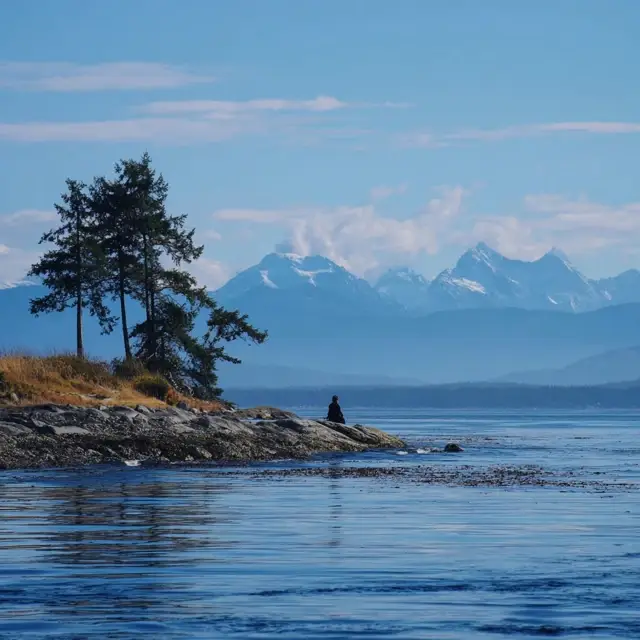
Solo Travel in Campbell River
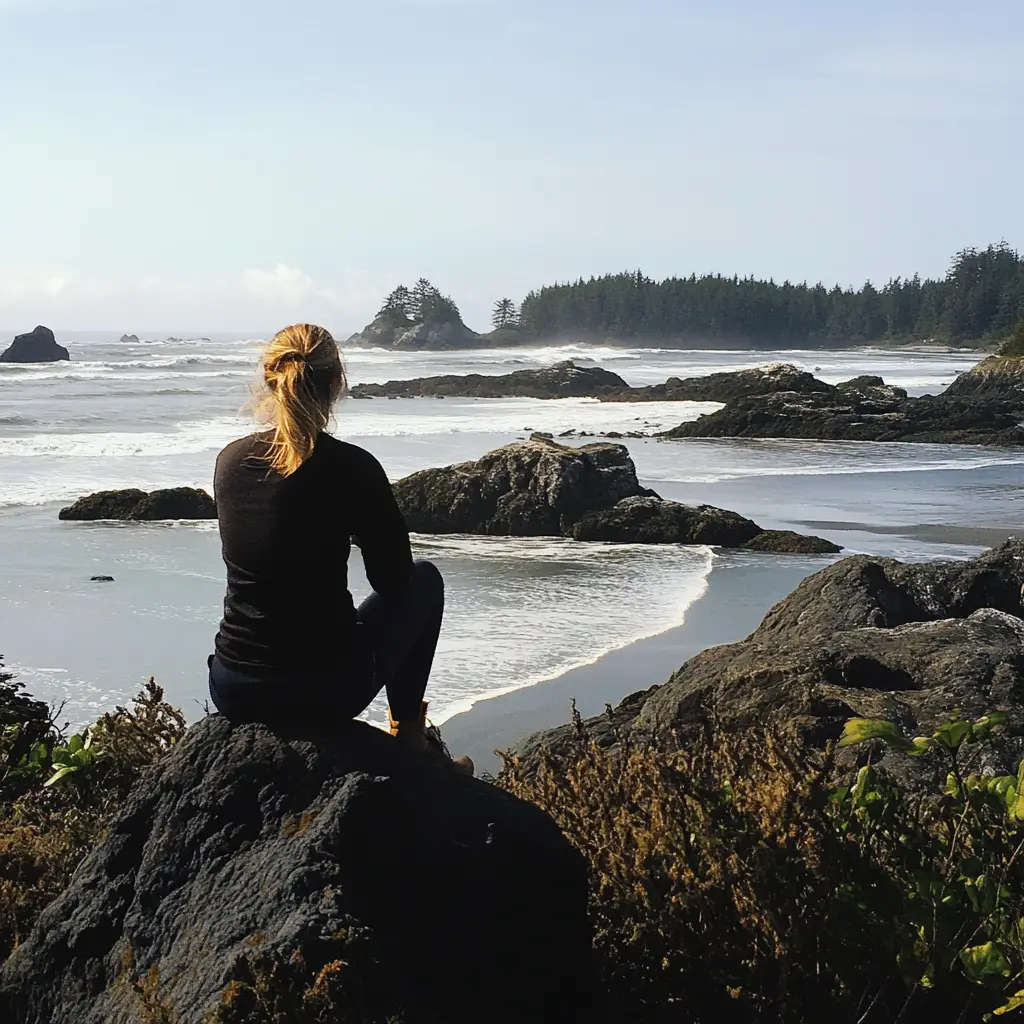
Solo Travel in Tofino
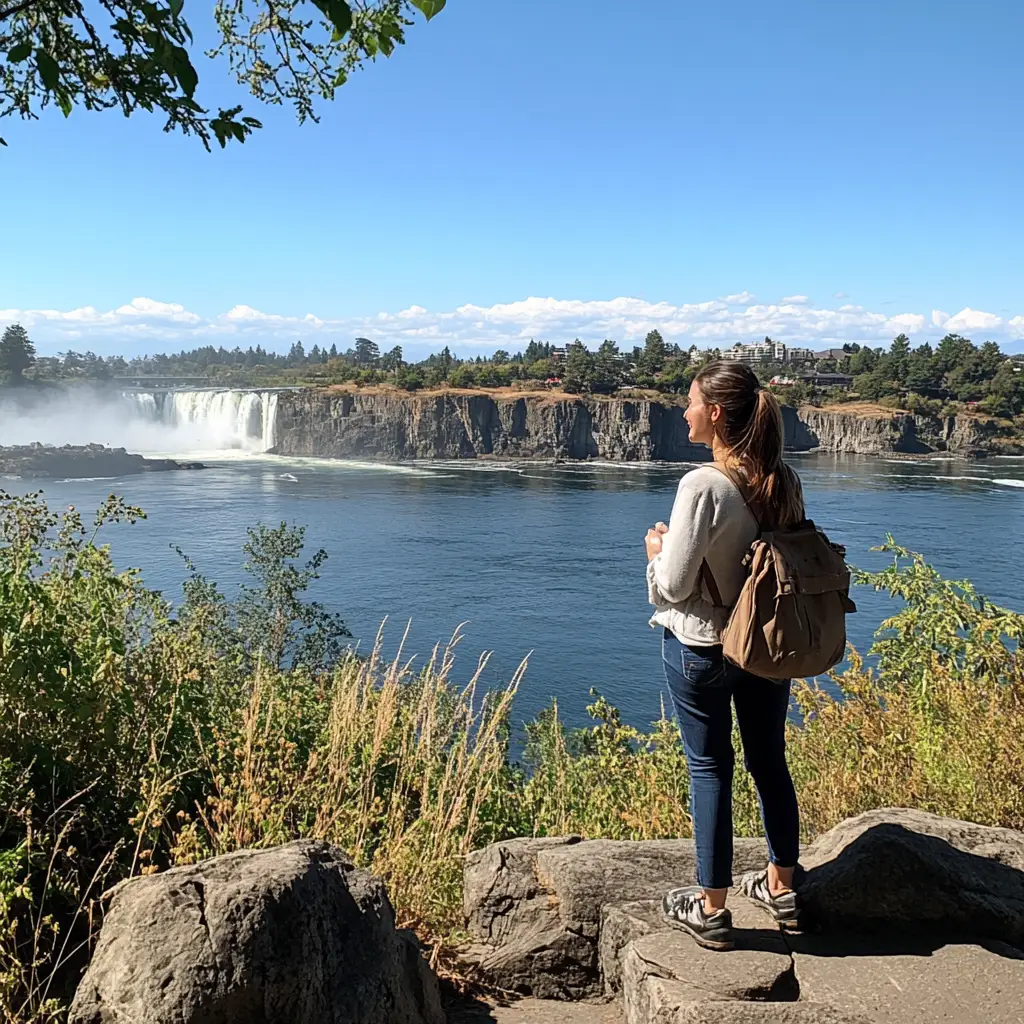
Solo Travel in Victoria
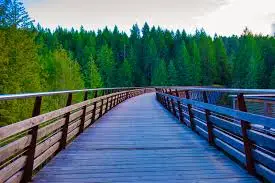
Cowichan Valley Trail
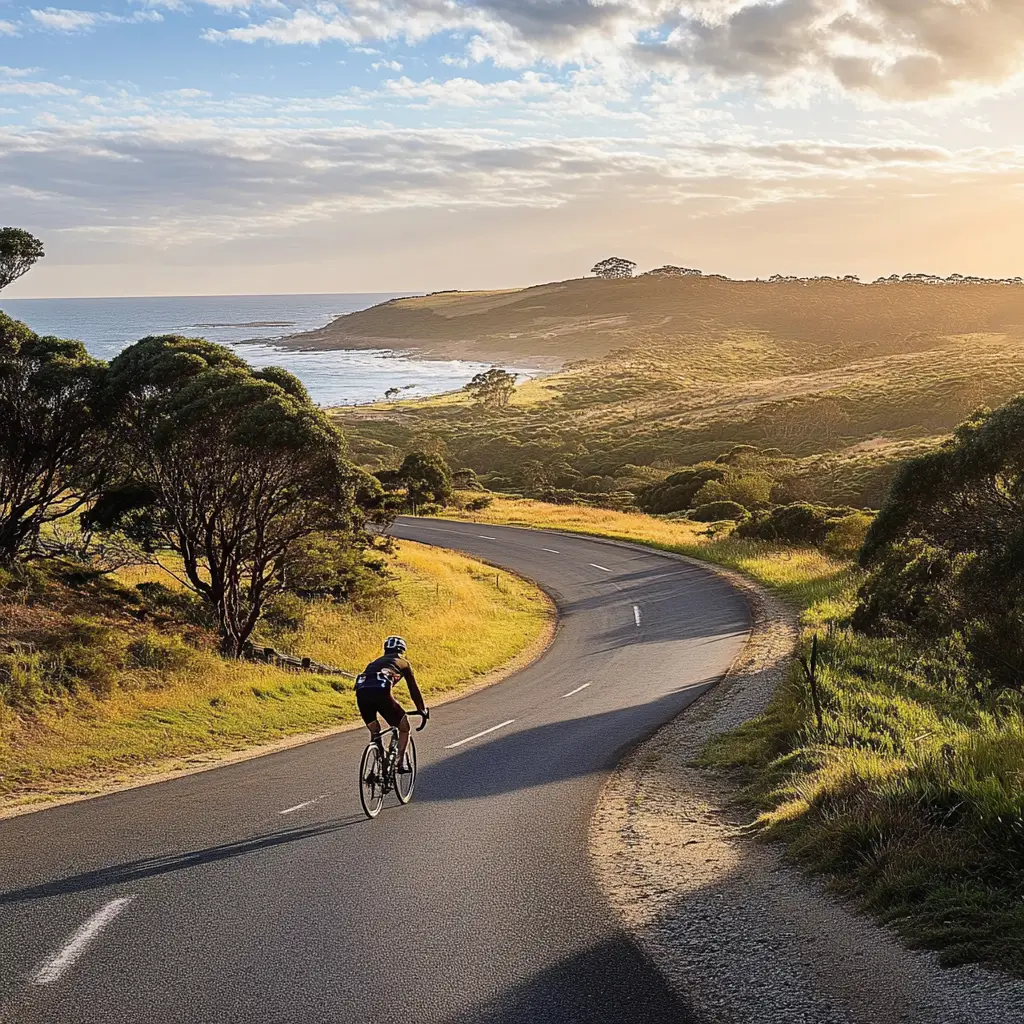
Cycling in Victoria
.webp)
Galloping Goose trail
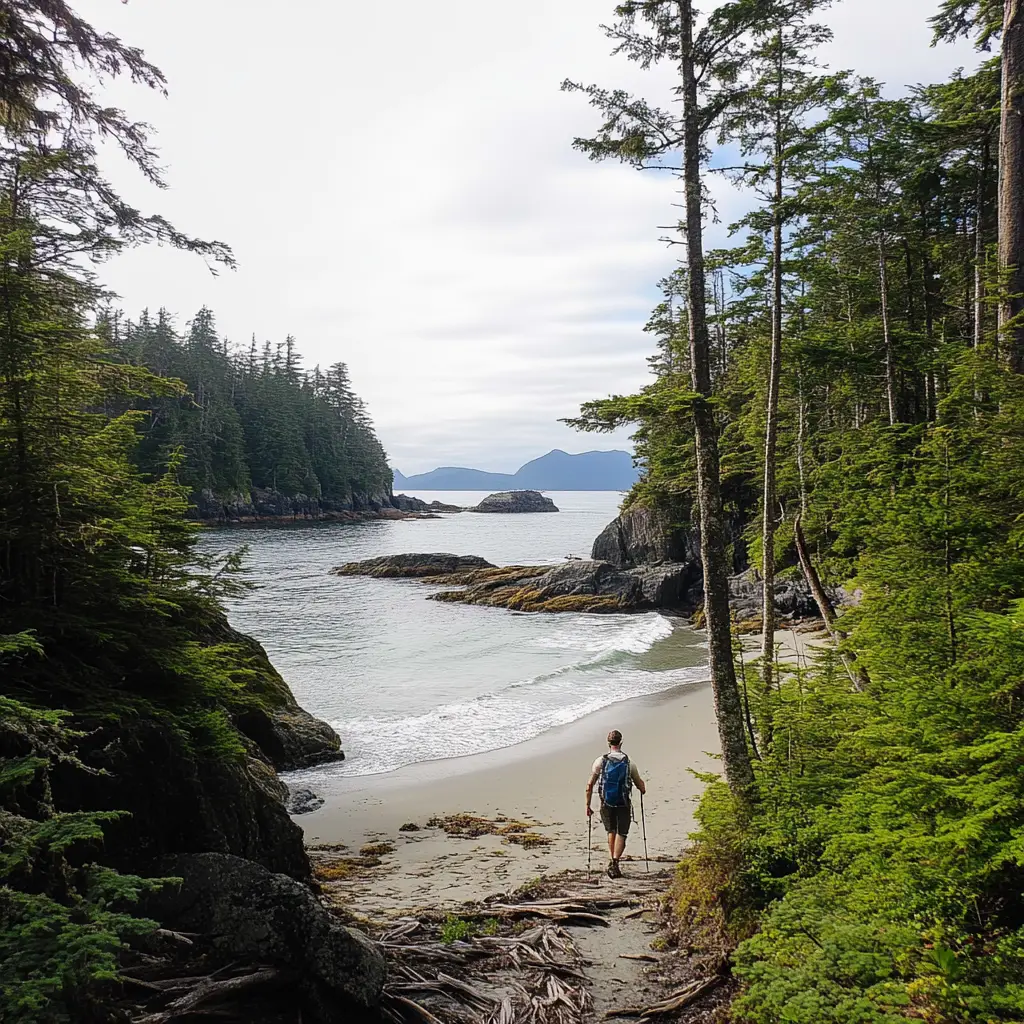
Cape Scott Trail
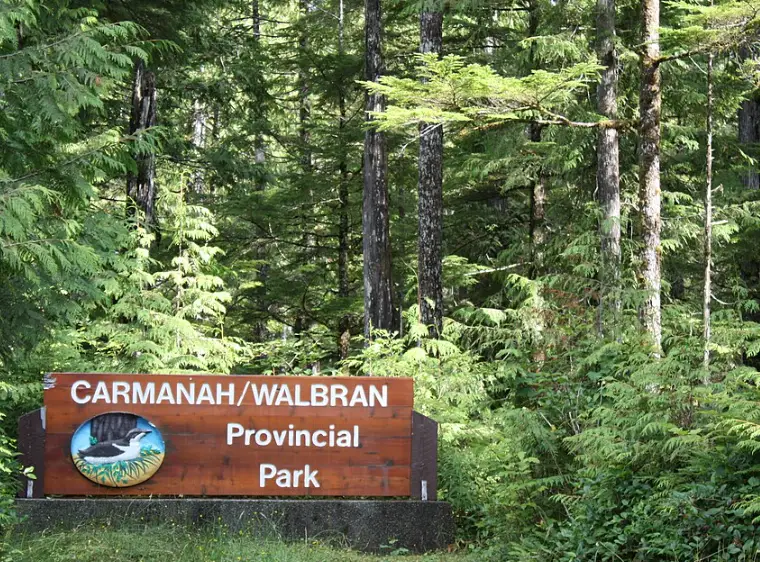
Hiking carmanah walbran provincial park
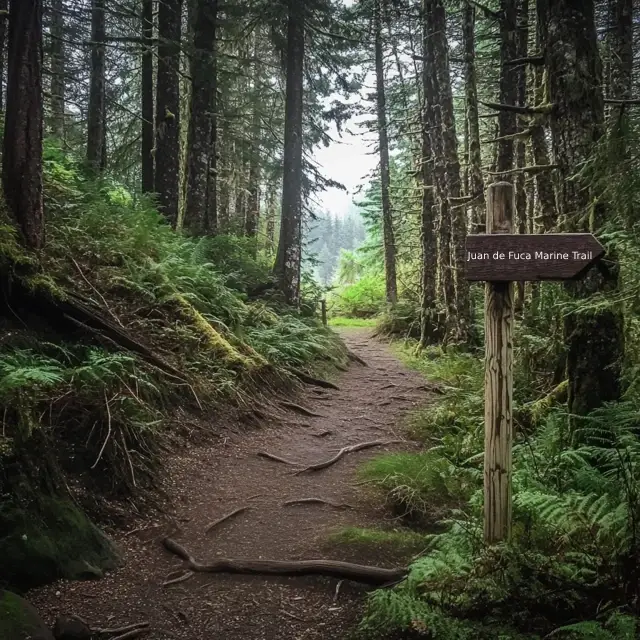
Juan de Fuca Marine Trail
.webp)
West Coast Trail
.webp)
West Coast Hikes
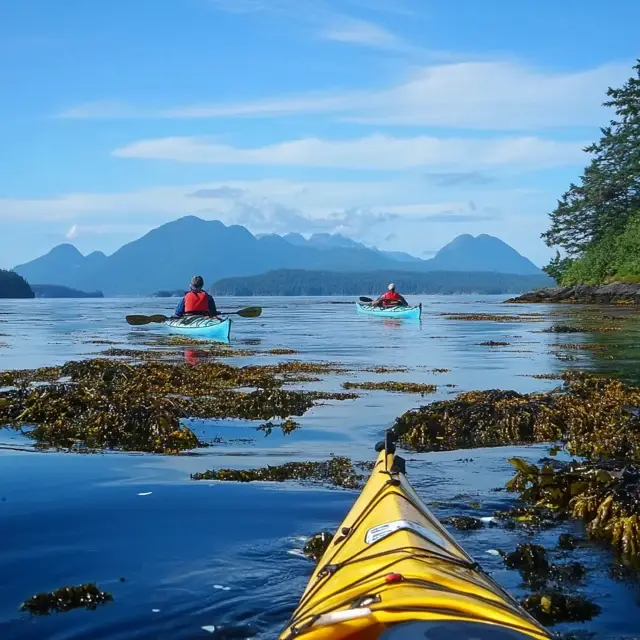
Ucluelet Kayaking
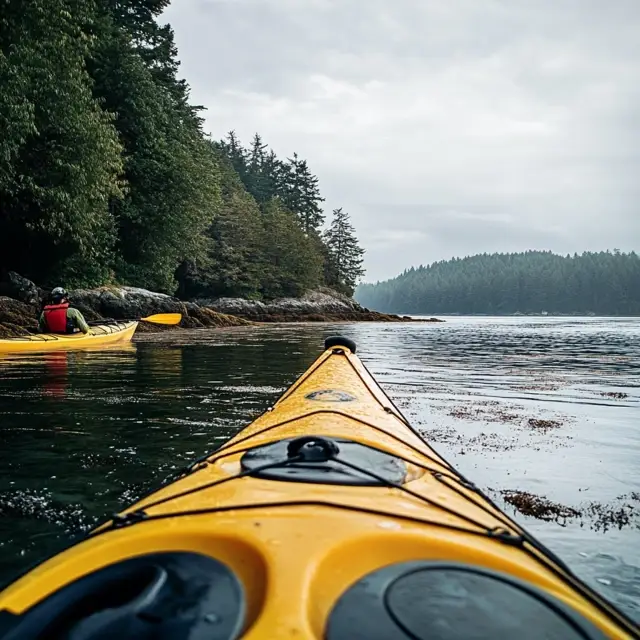
pender islands kayaking
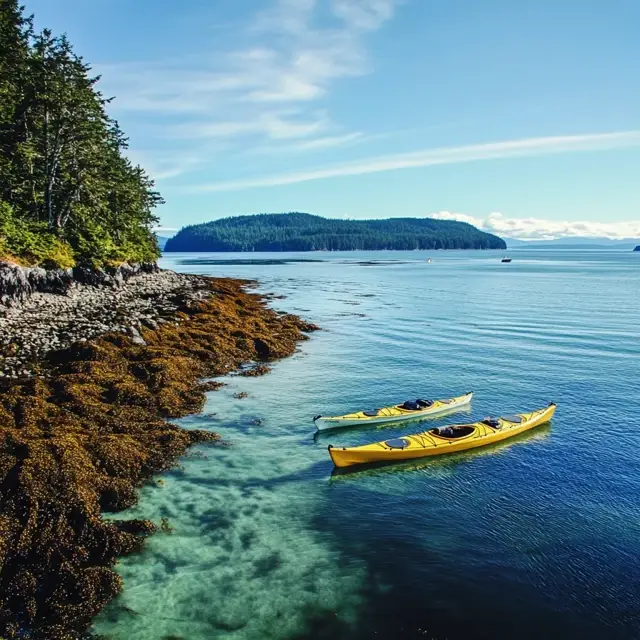
Kayaking Denman and Hornby Islands
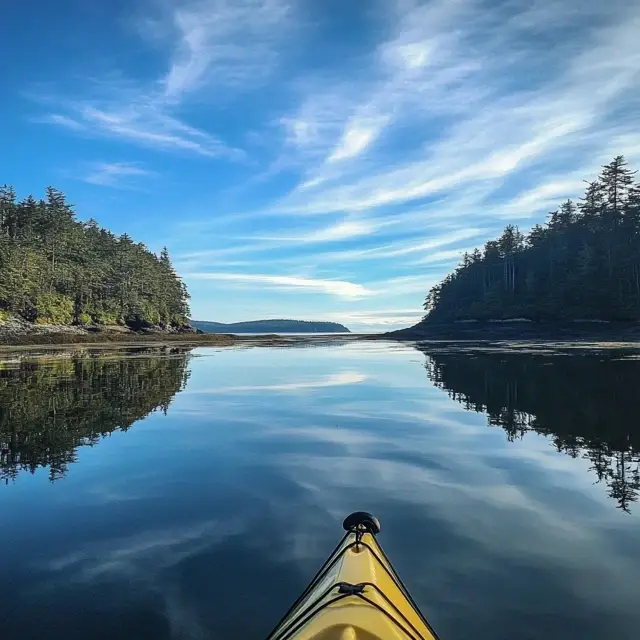
Beaver Harbour (Fort Rupert) kayaking
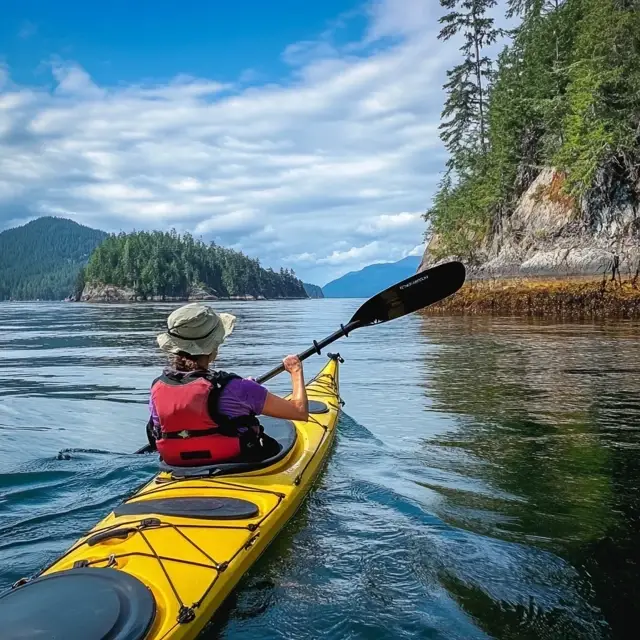
Cortes Island Kayaking
.webp)
Quadra Island Kayaking
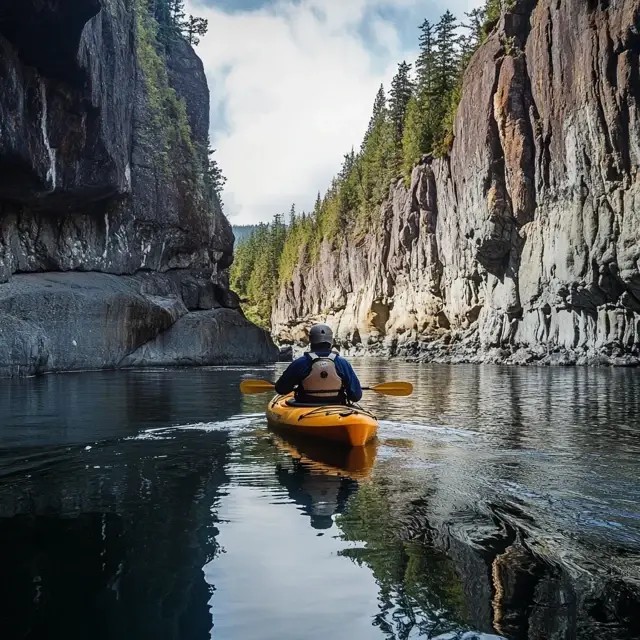
Marble River Canyon Kayaking
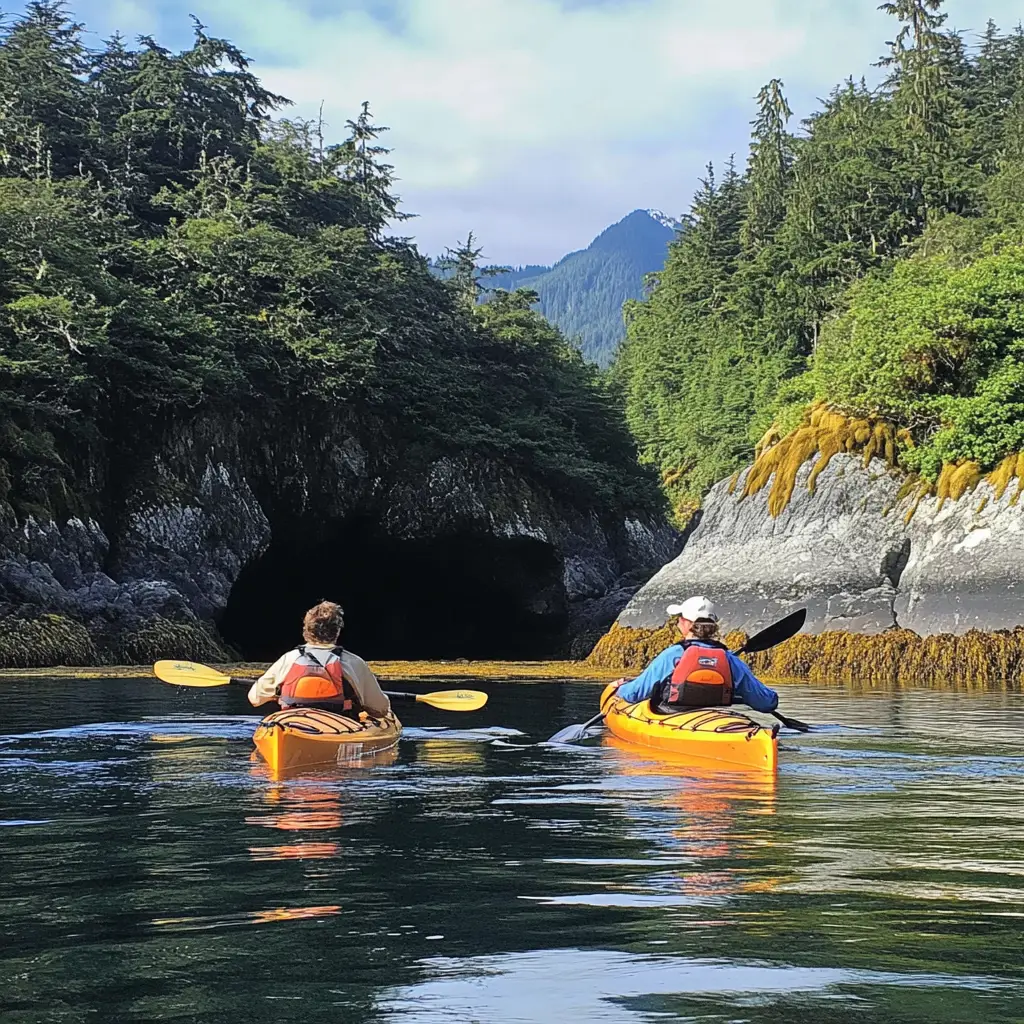
Nuchatlitz and Esperanza lnlets Kayaking
.webp)
Kayaking in Kyuquot Sound
.jpg)
Hiking on the Grass Lake Trail
.jpg)
Hiking on Mount Manuel Quimper
.jpg)
Hiking on Mount Empress from Sooke Potholes via Mary Vine and Todd Creek Trails
.jpg)
Hiking on the East Sooke Coast Trail
.jpg)
Hiking on the East Sooke Coast and Interior Trail Loop
.jpg)
Hiking on Bowen Park Loop
.jpg)
Hiking on Westwood Lake Trail
.jpg)
Hiking on Cable Bay Nature Trail
.jpg)
Hiking on the Mount Benson Loop
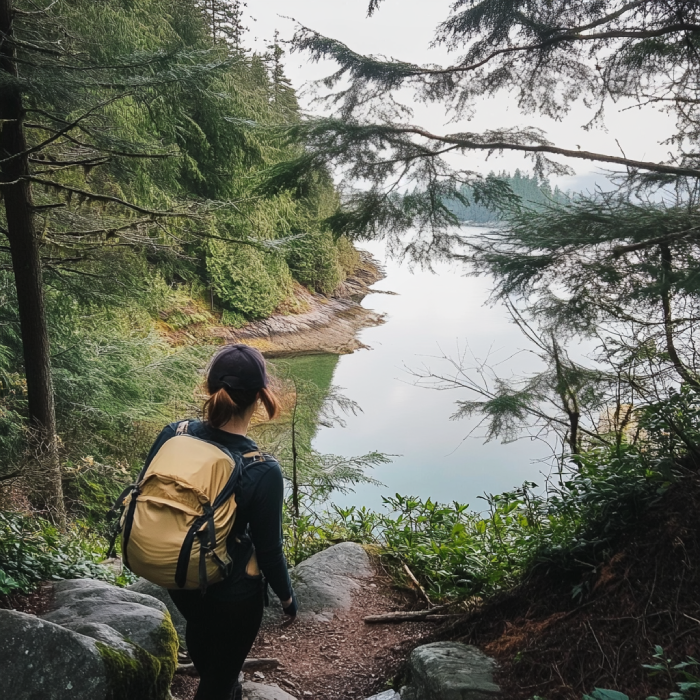
Hiking on the Nanaimo River Trail
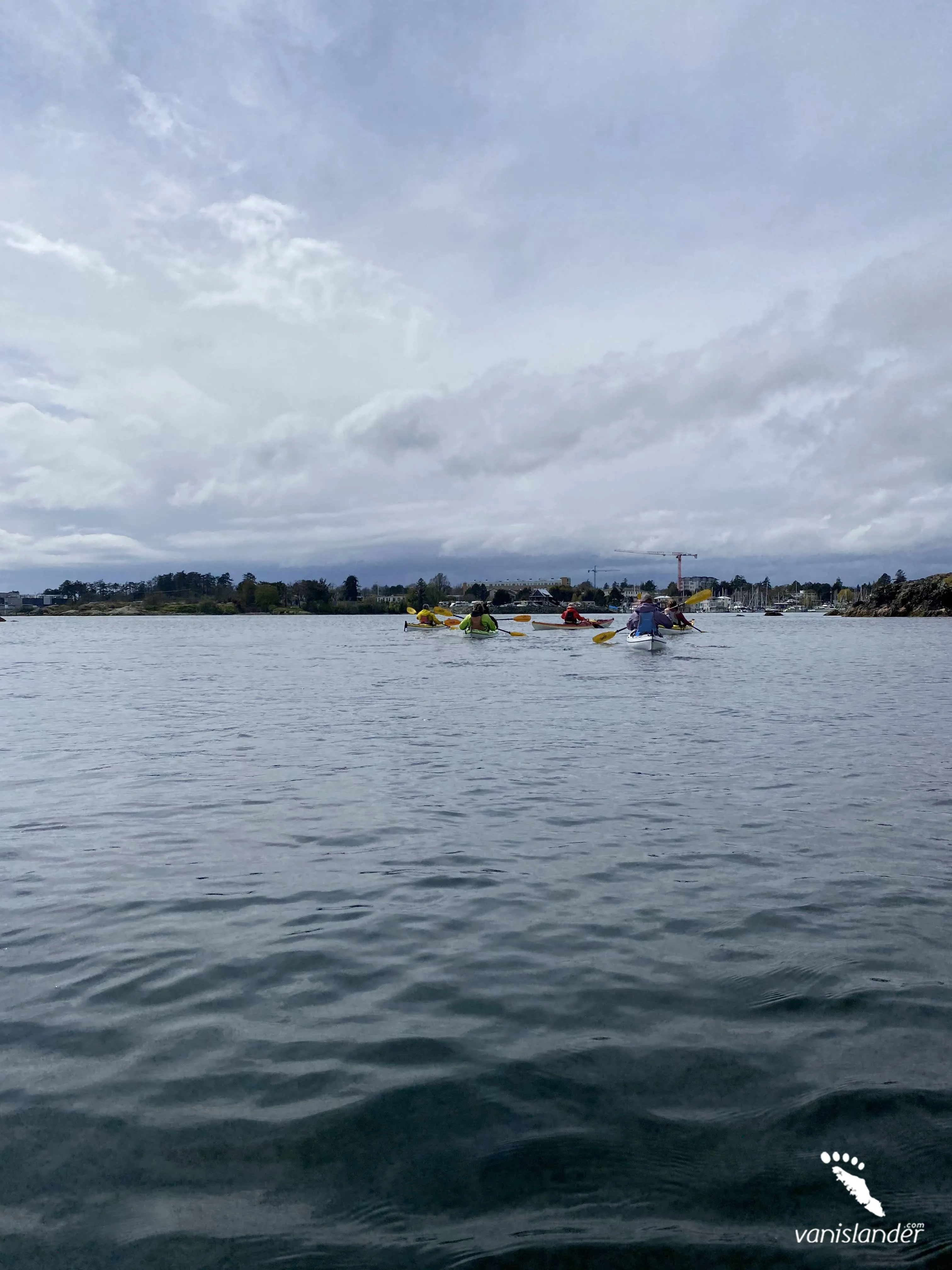
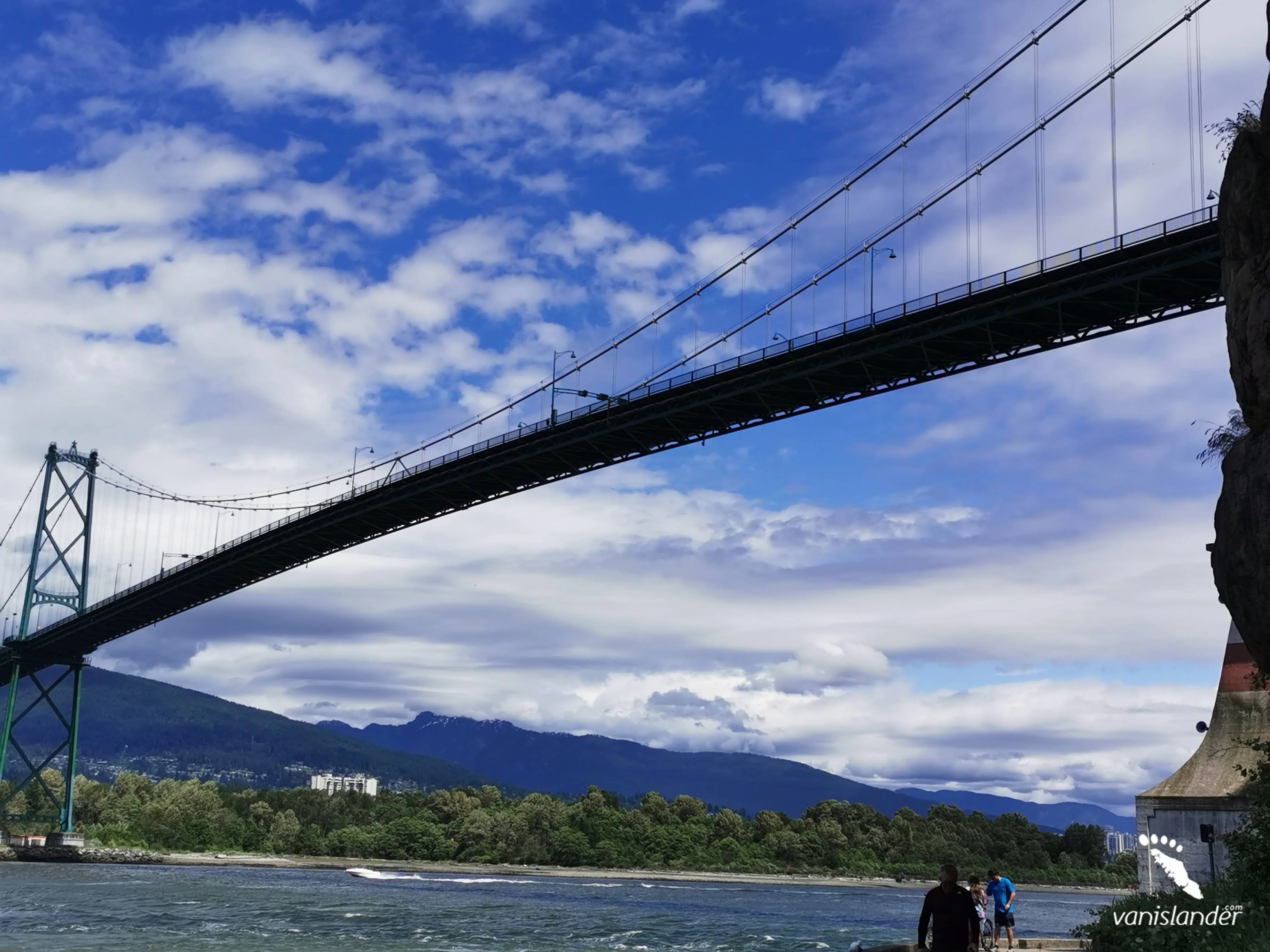
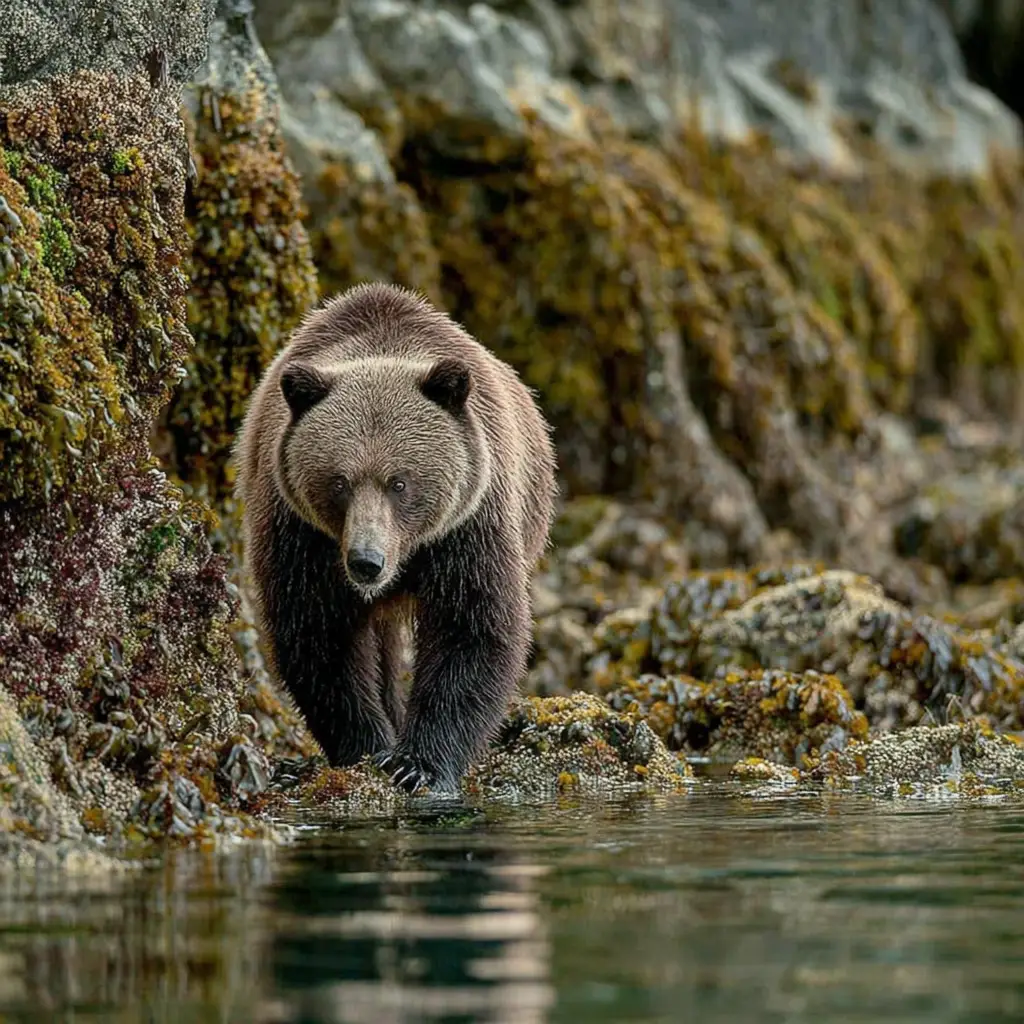
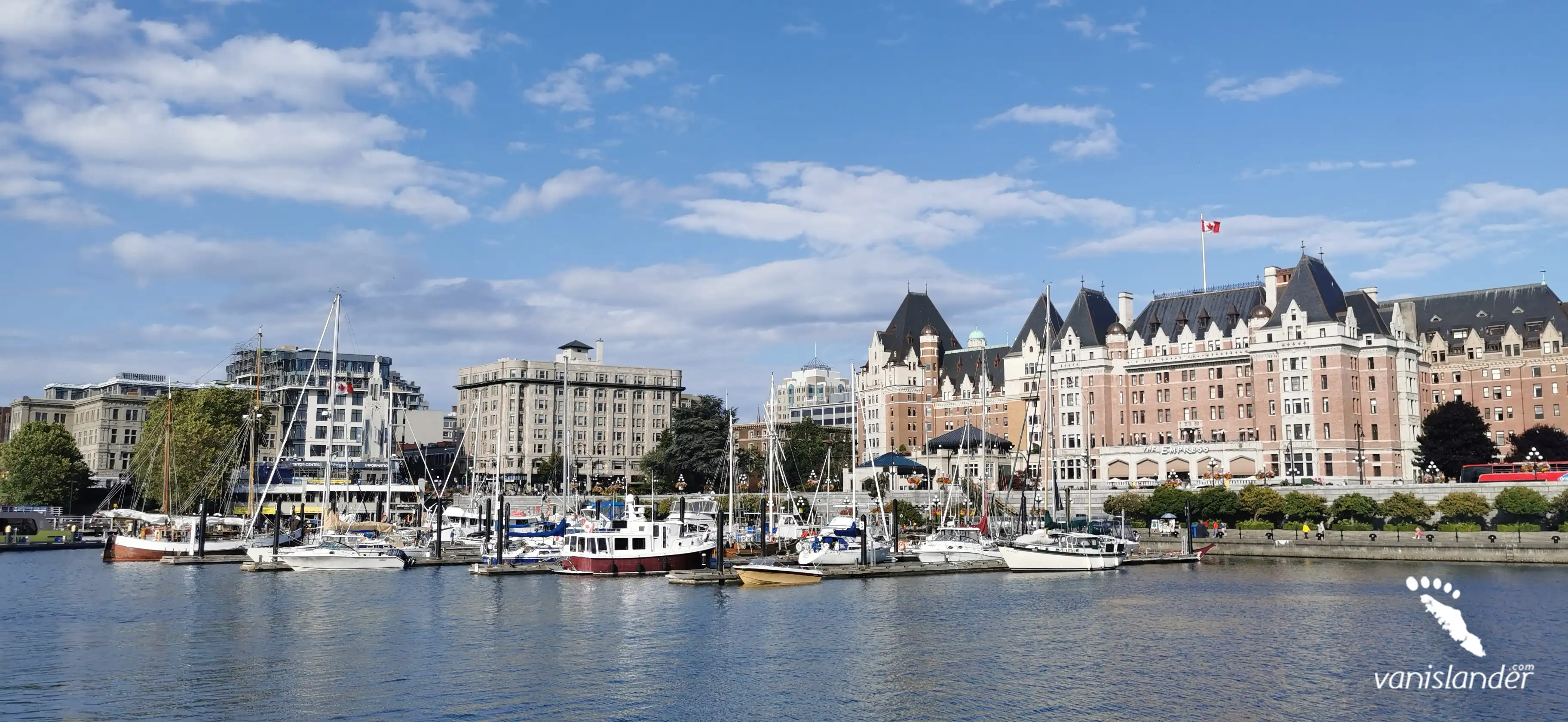
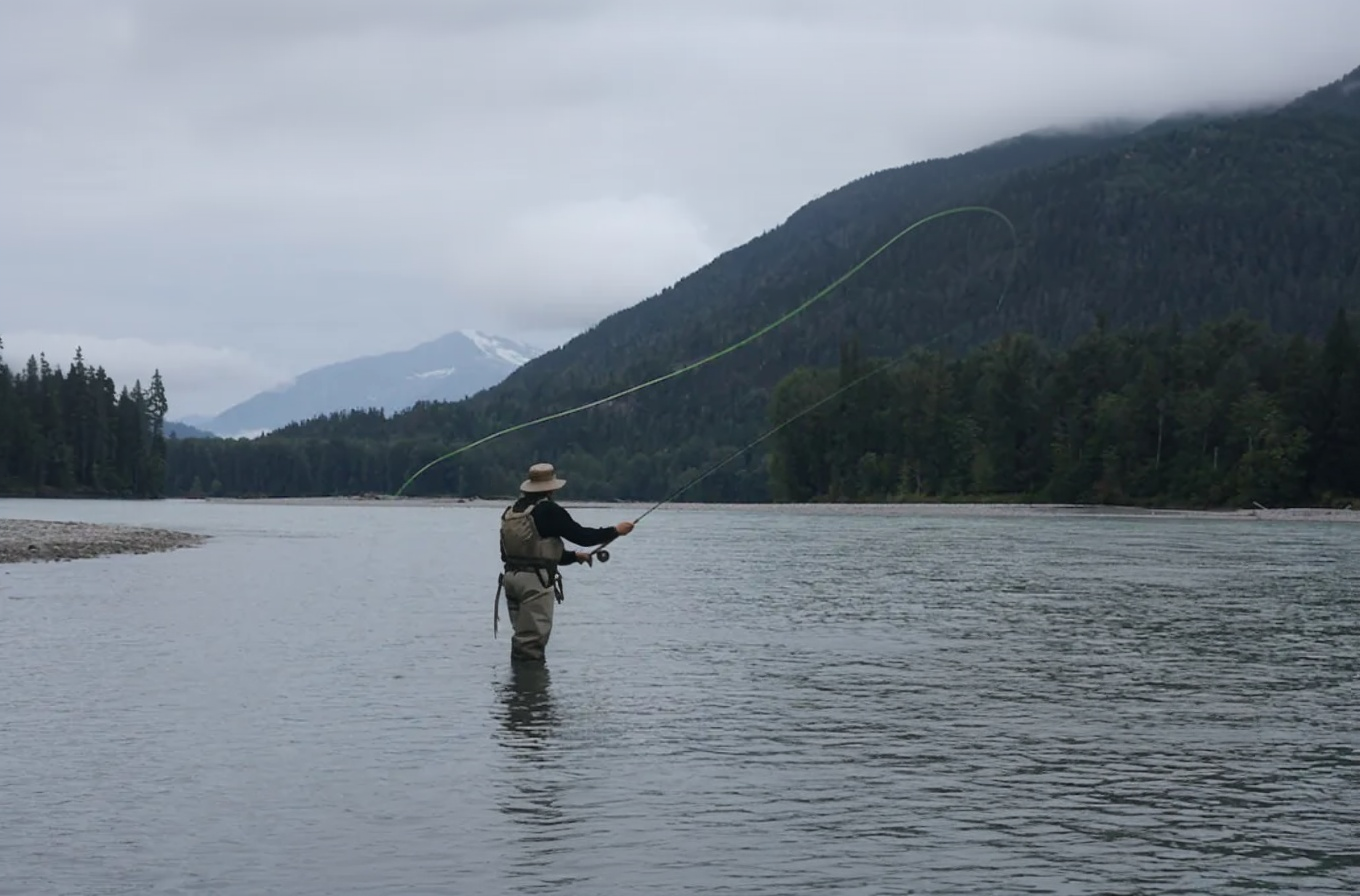
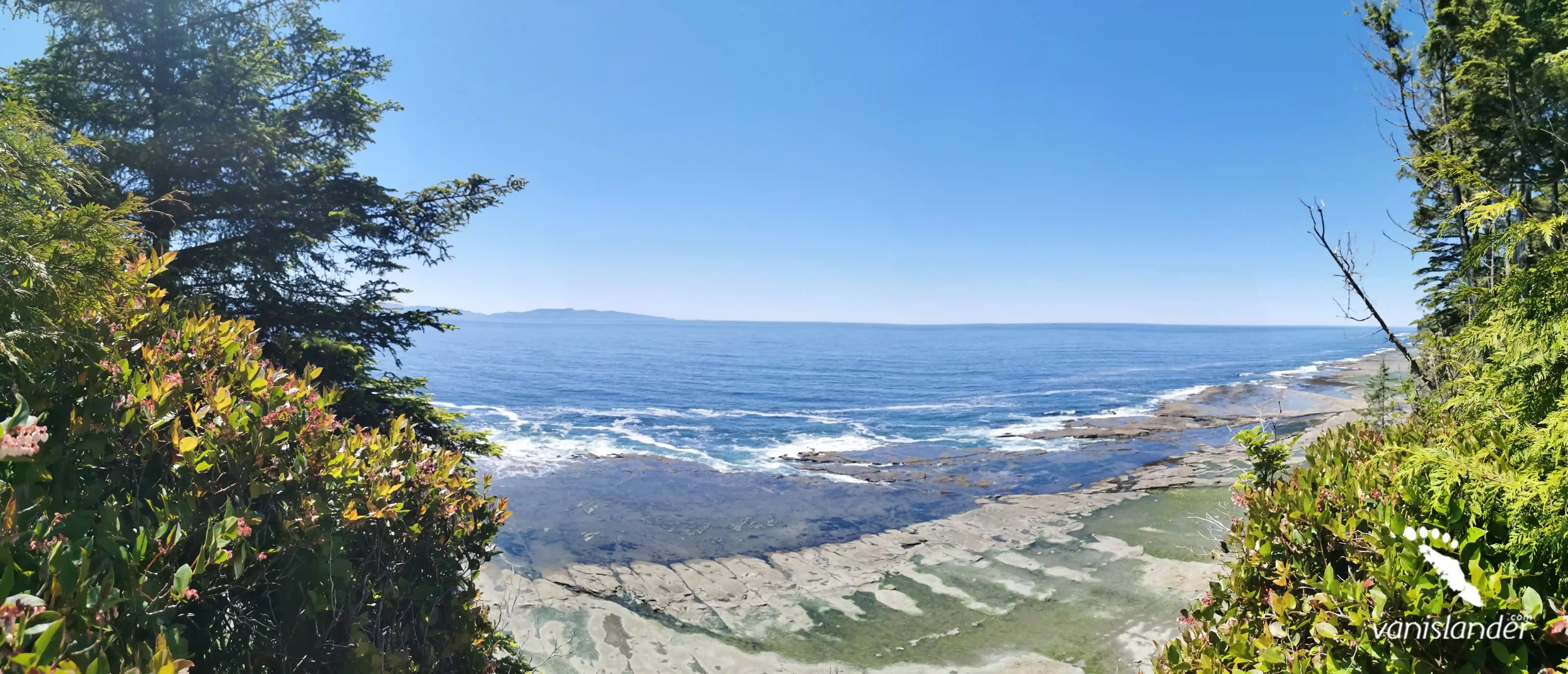
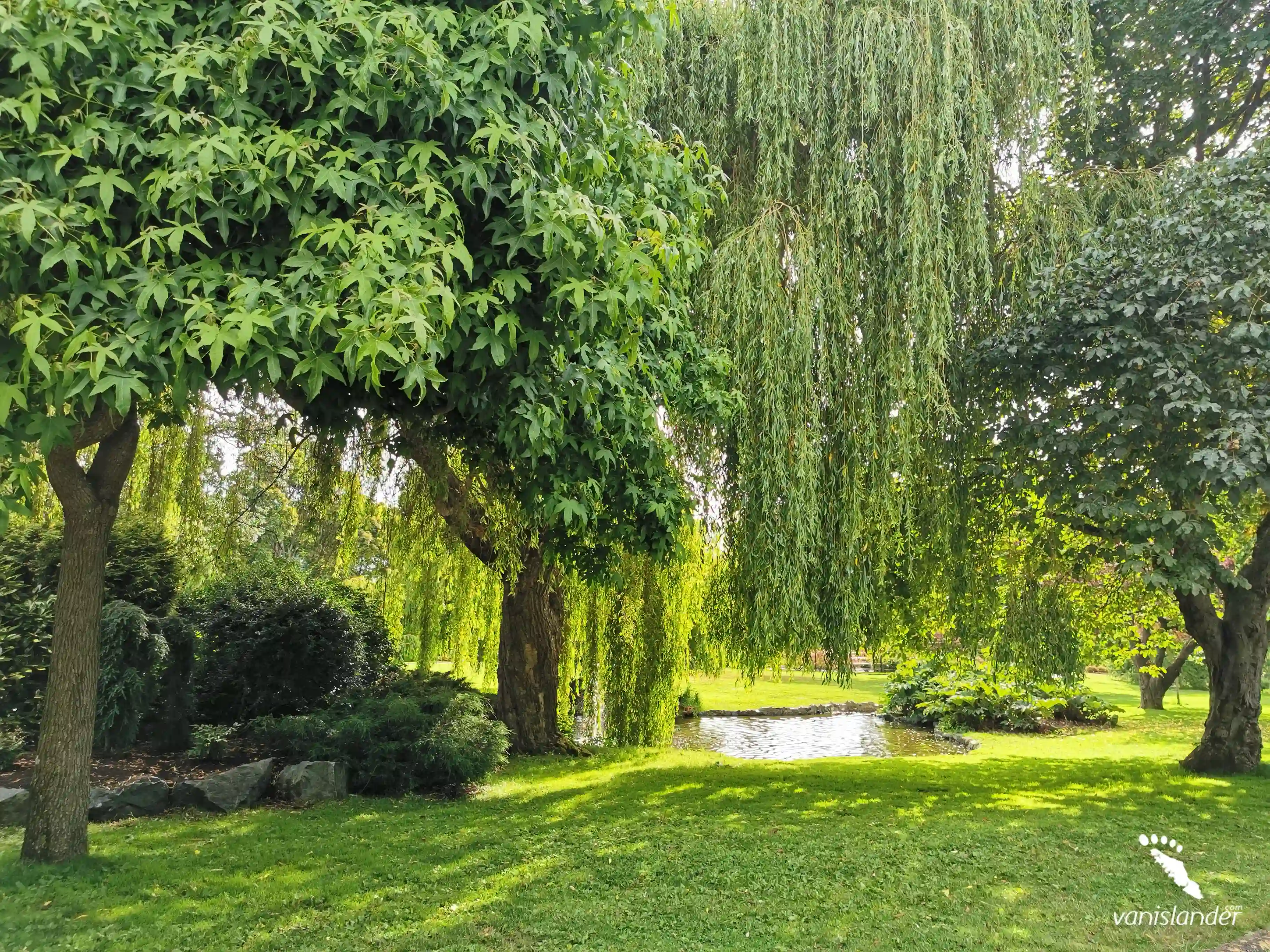
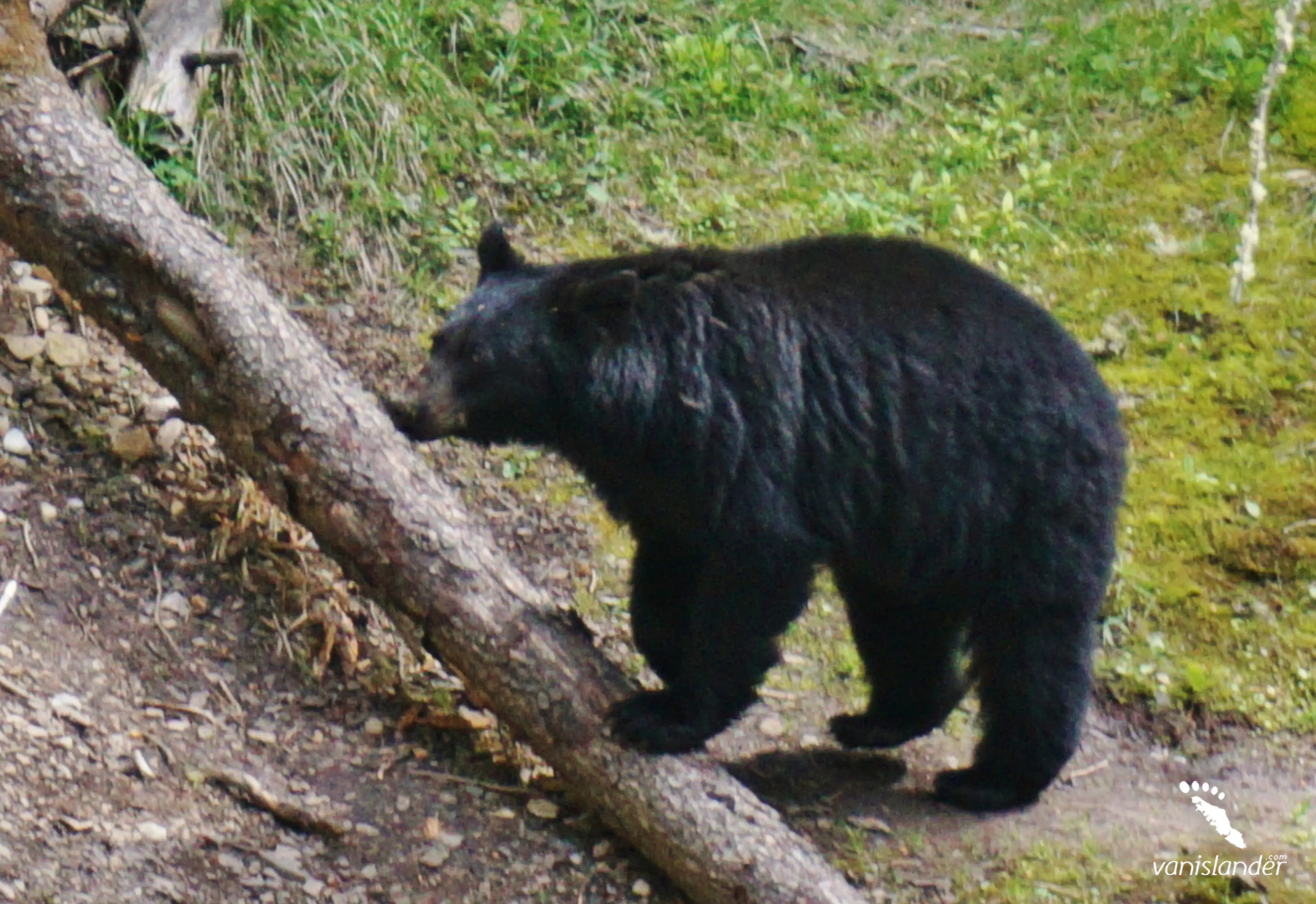
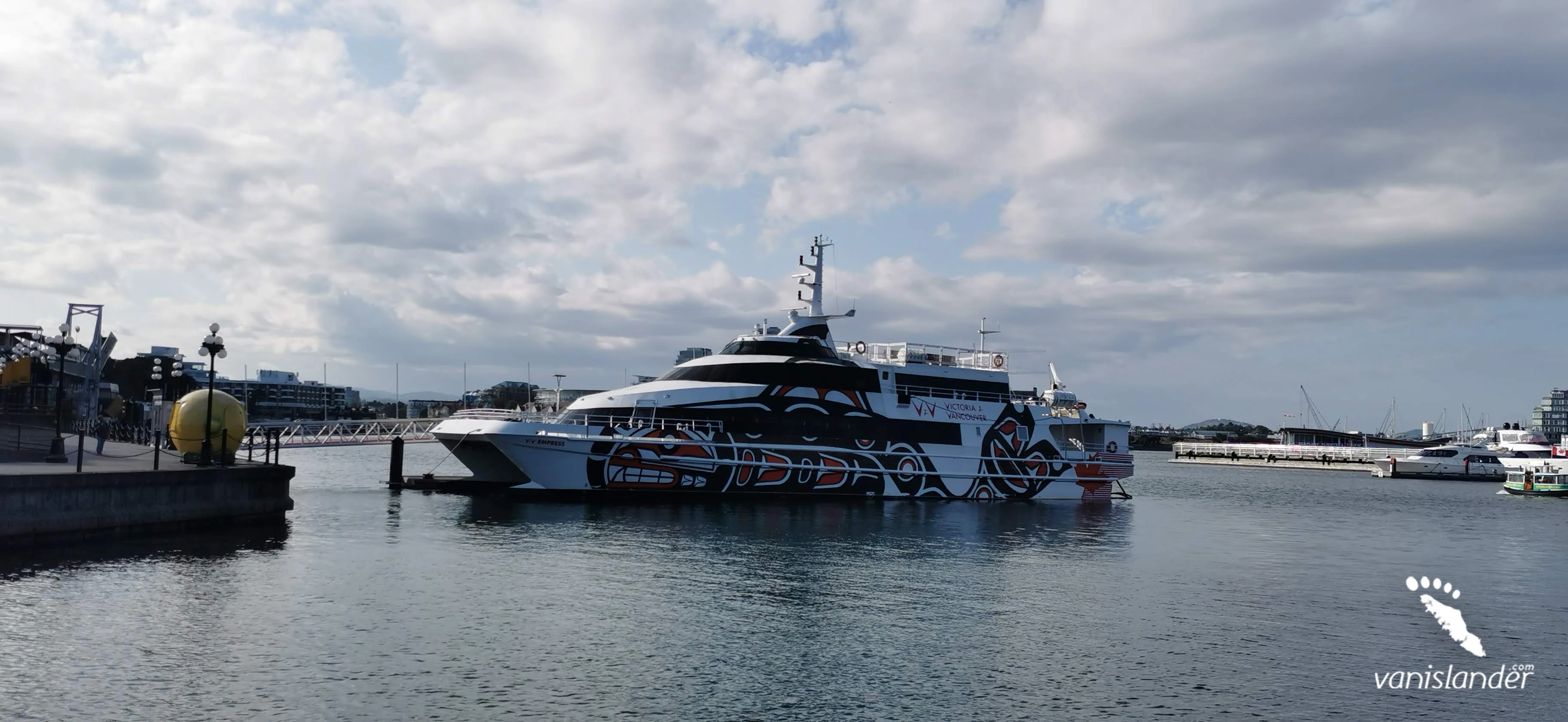
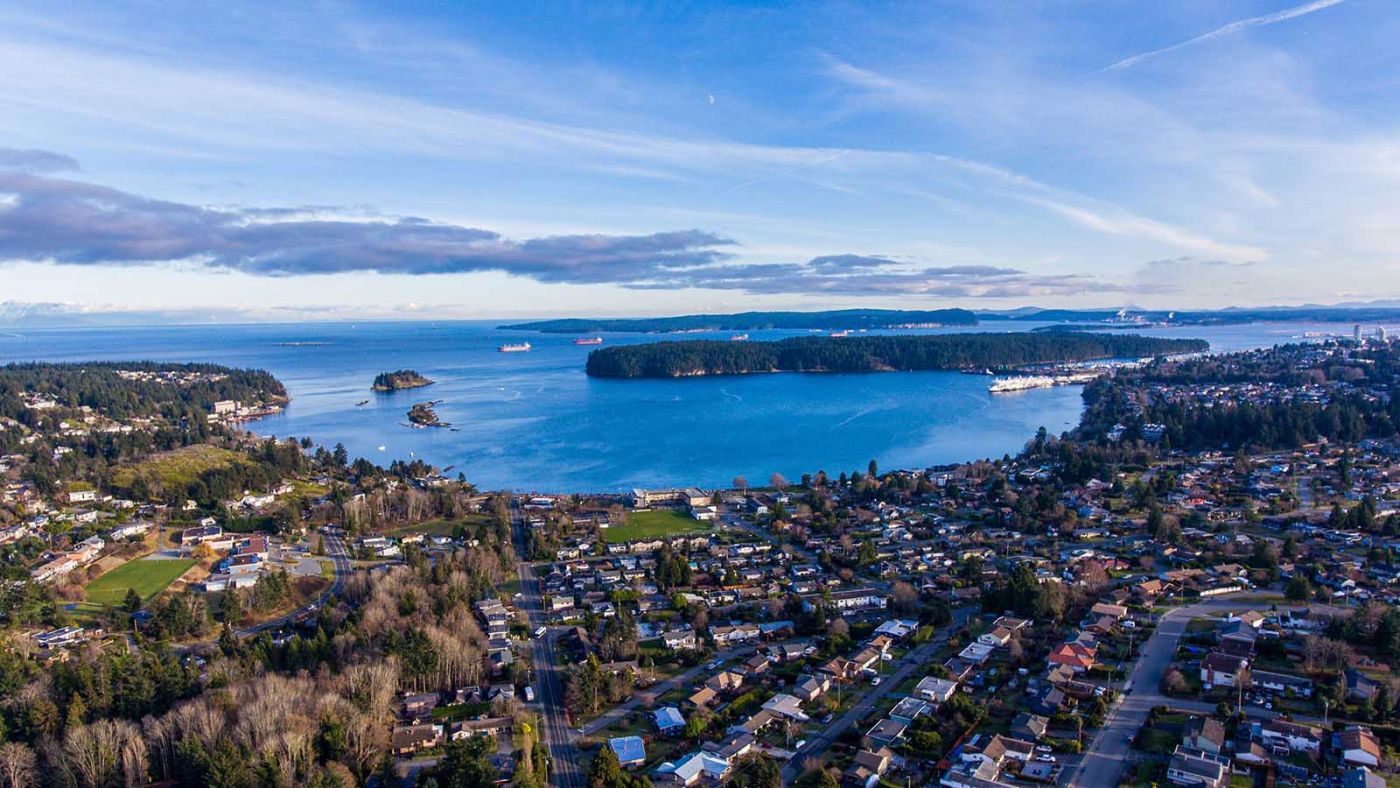
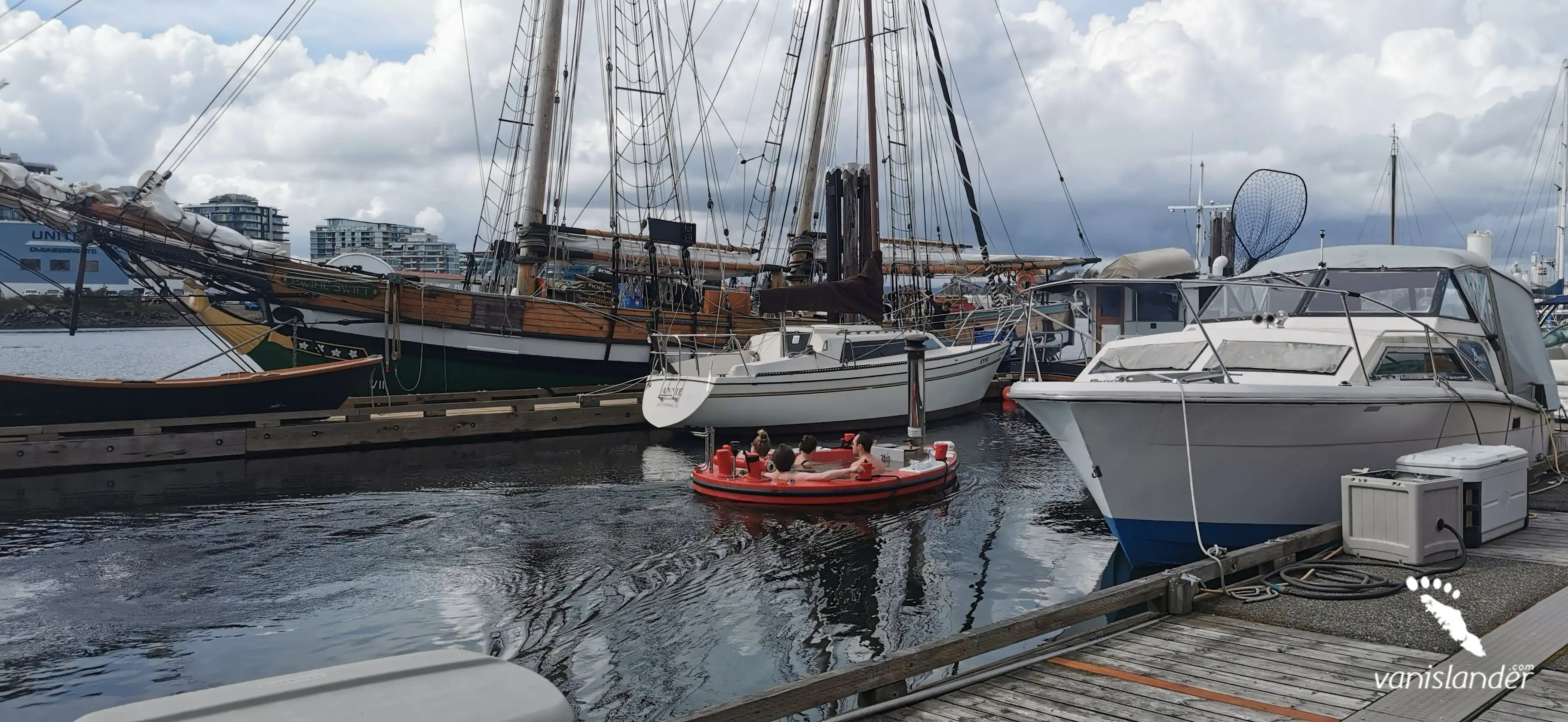
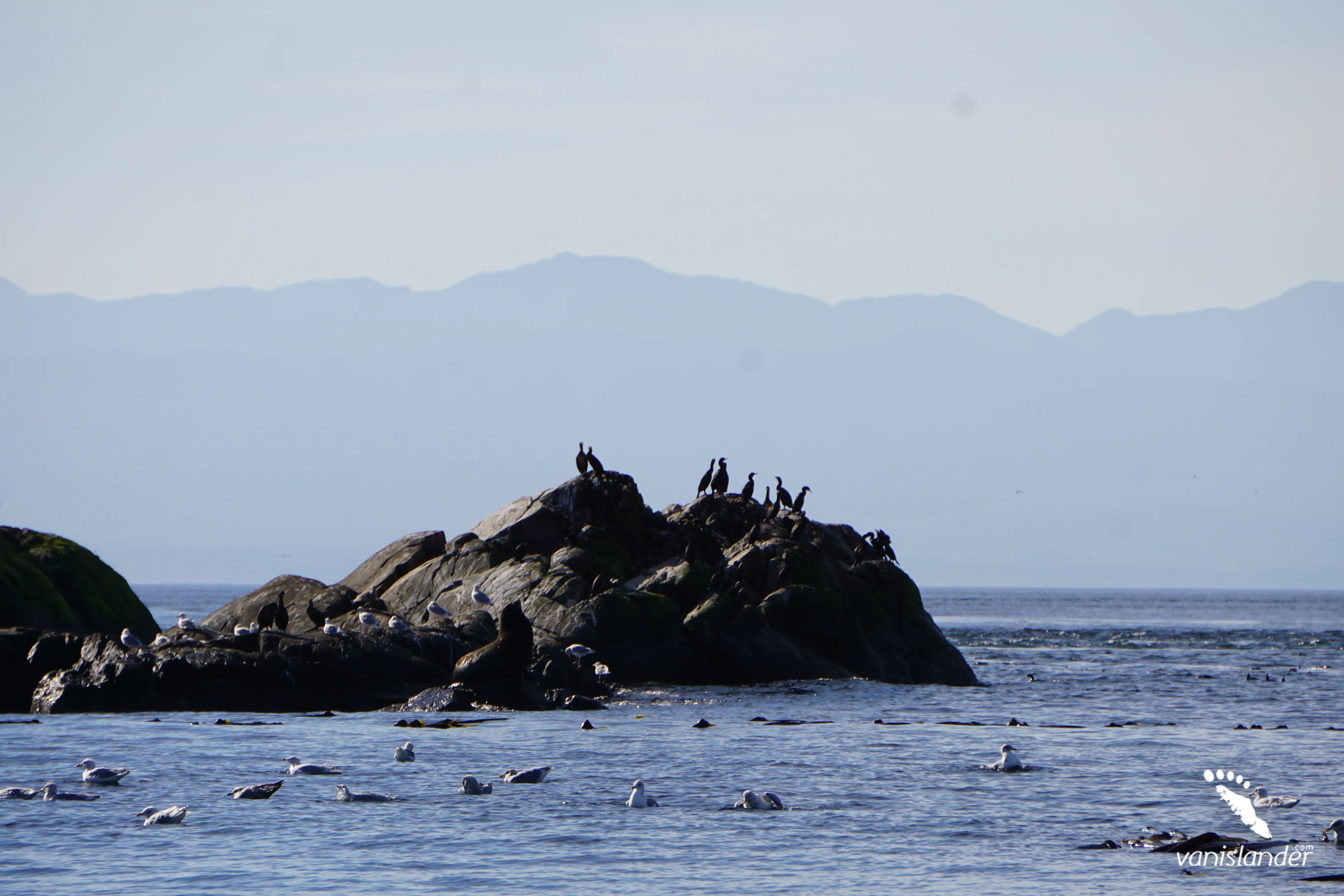
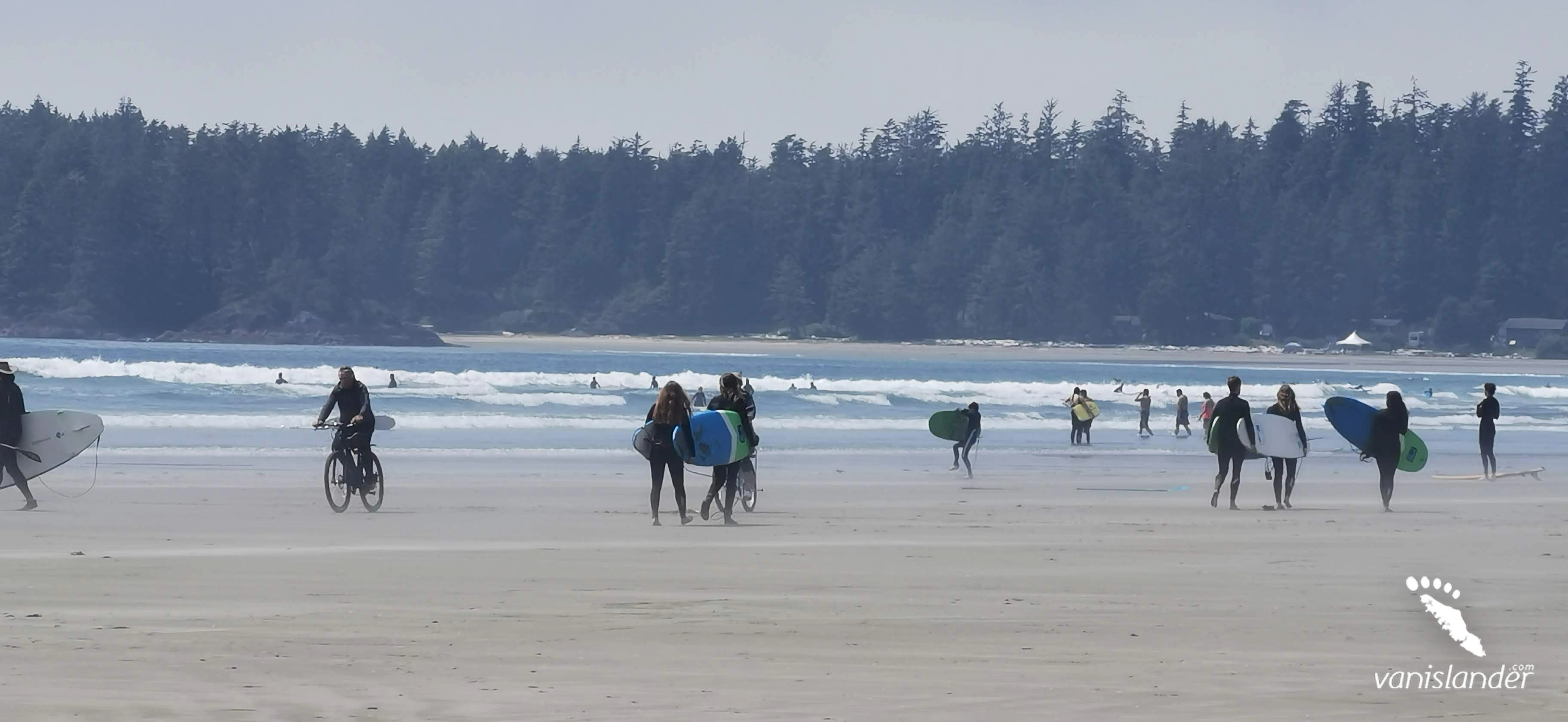
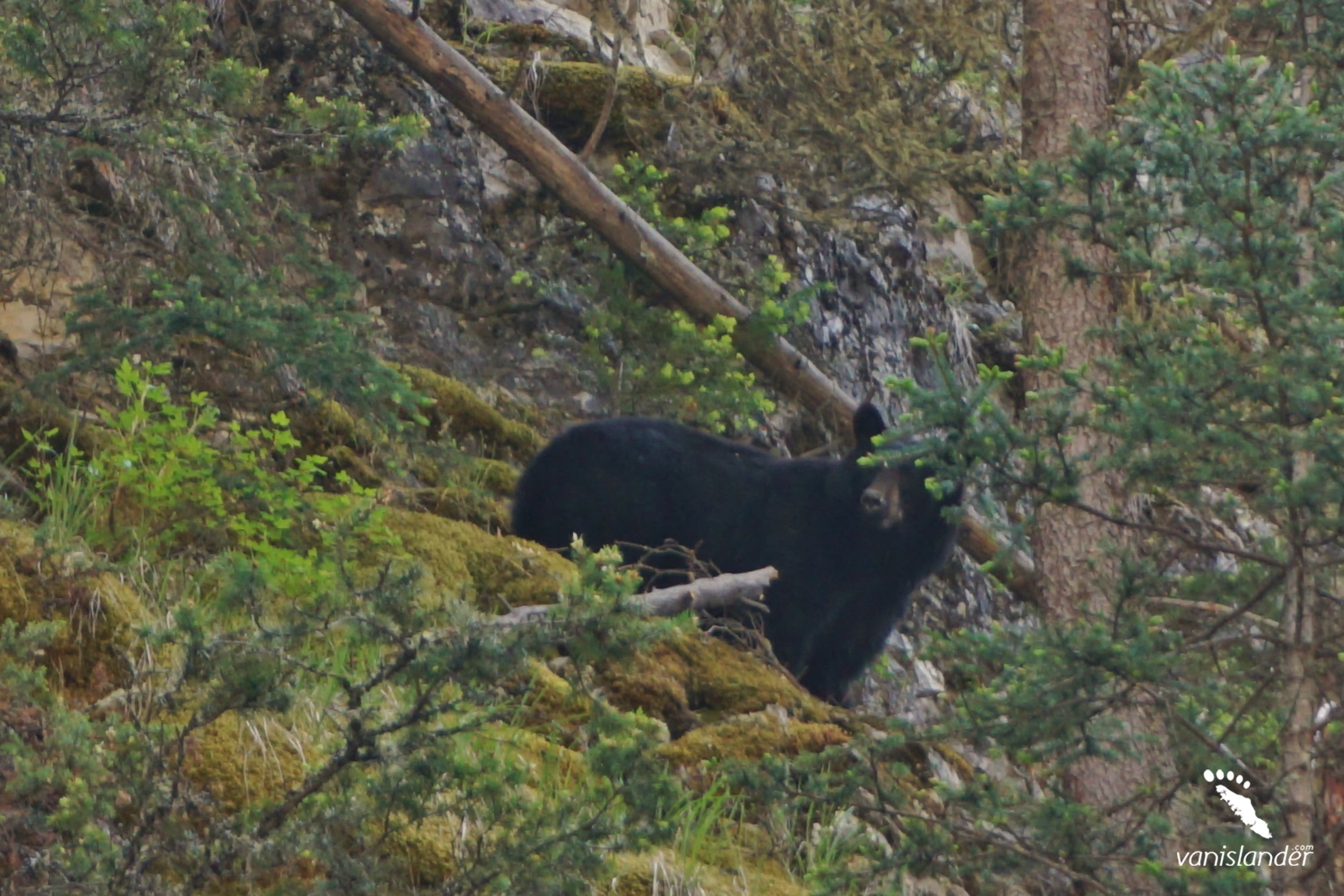
.webp)